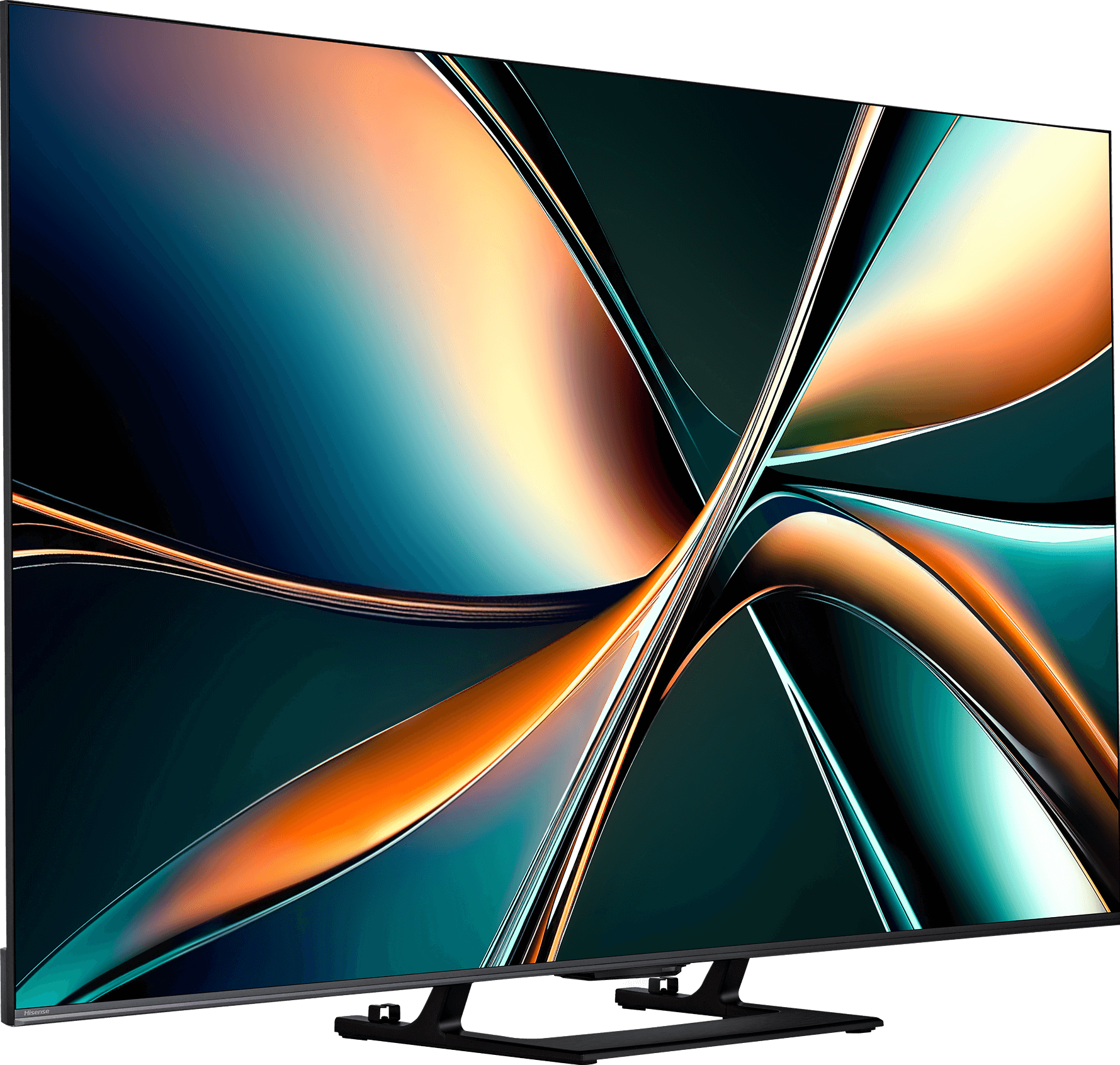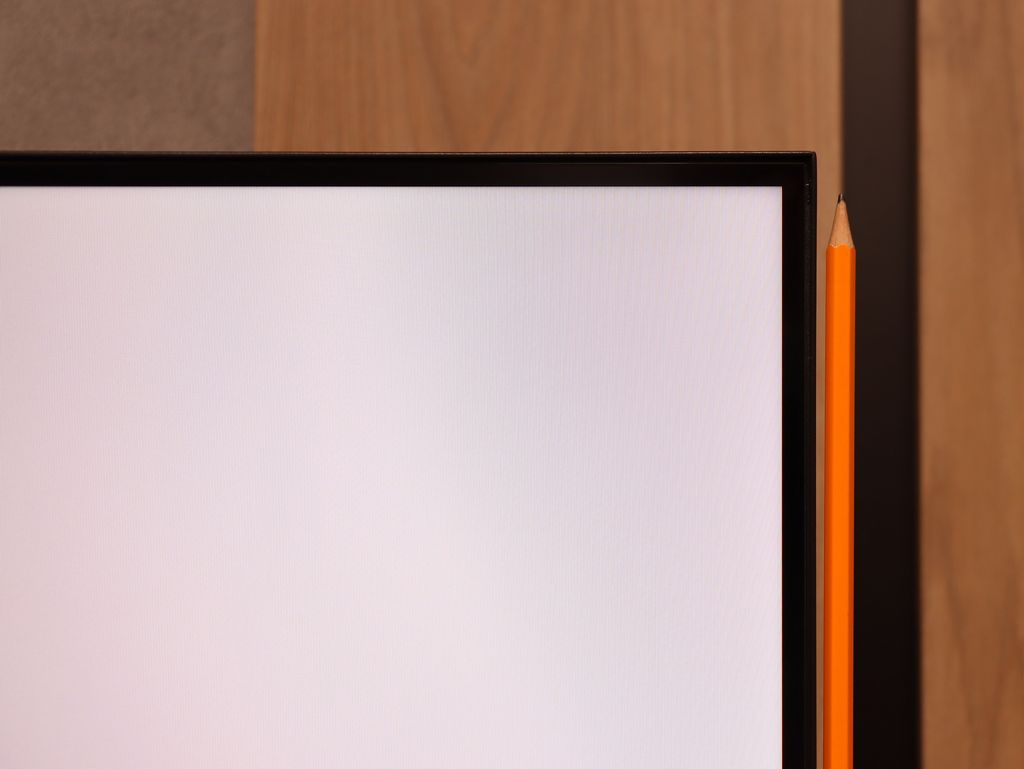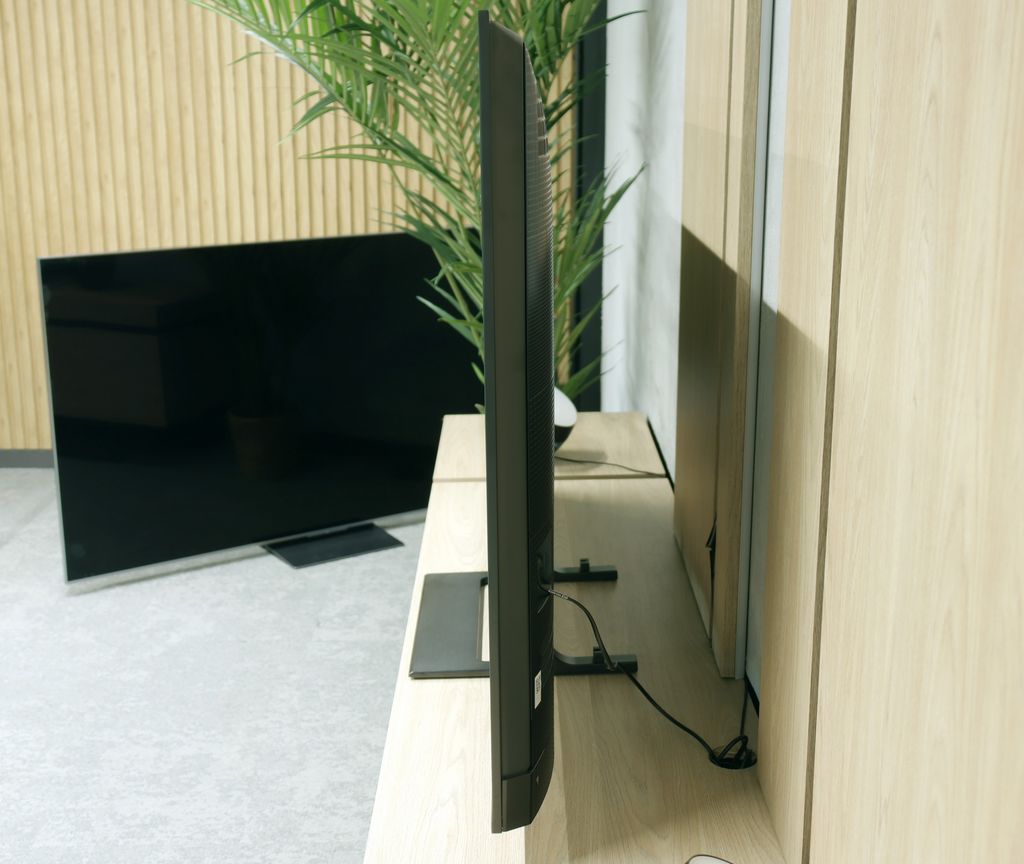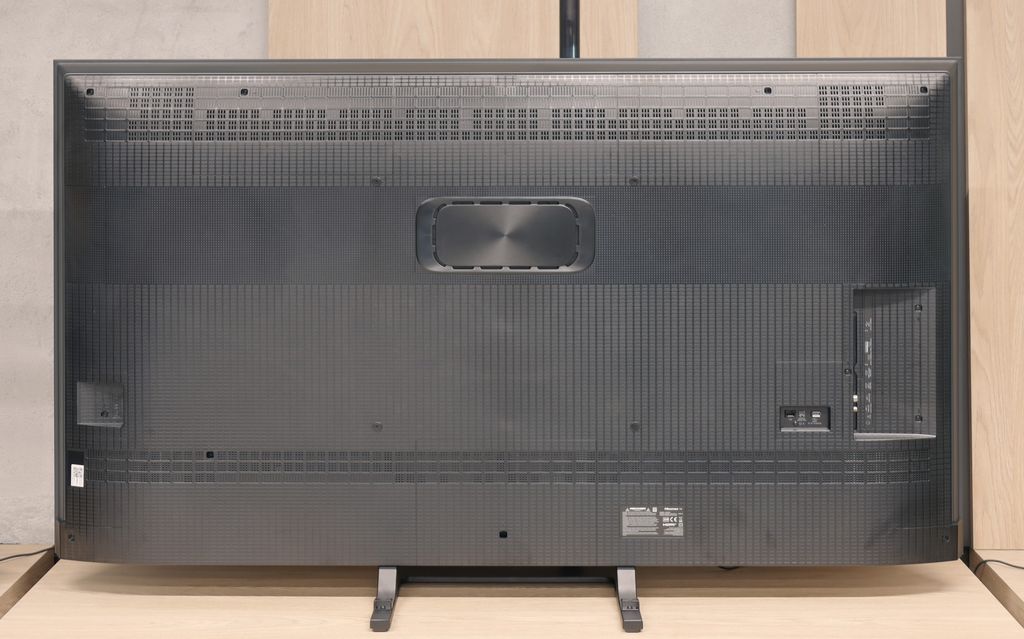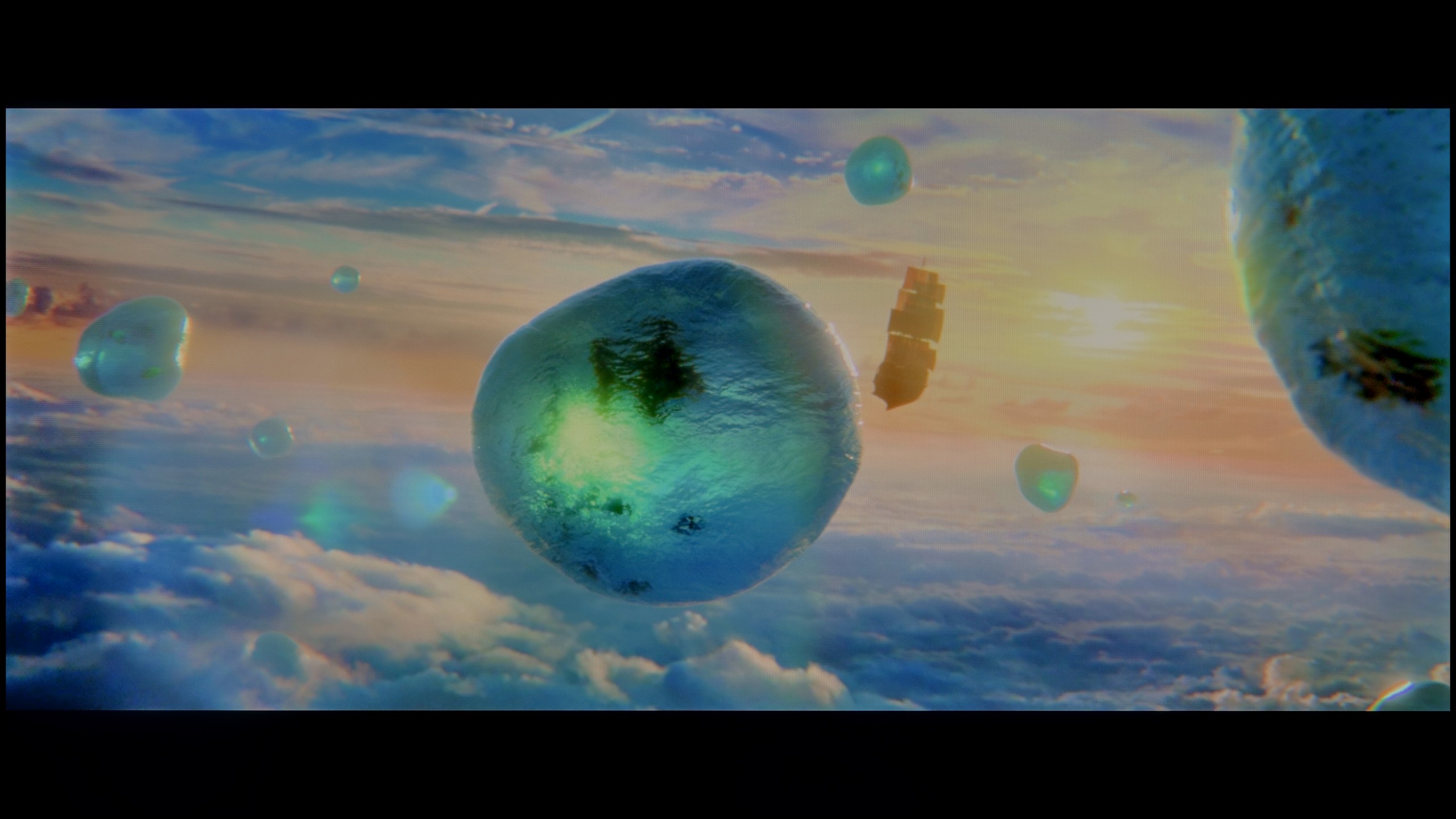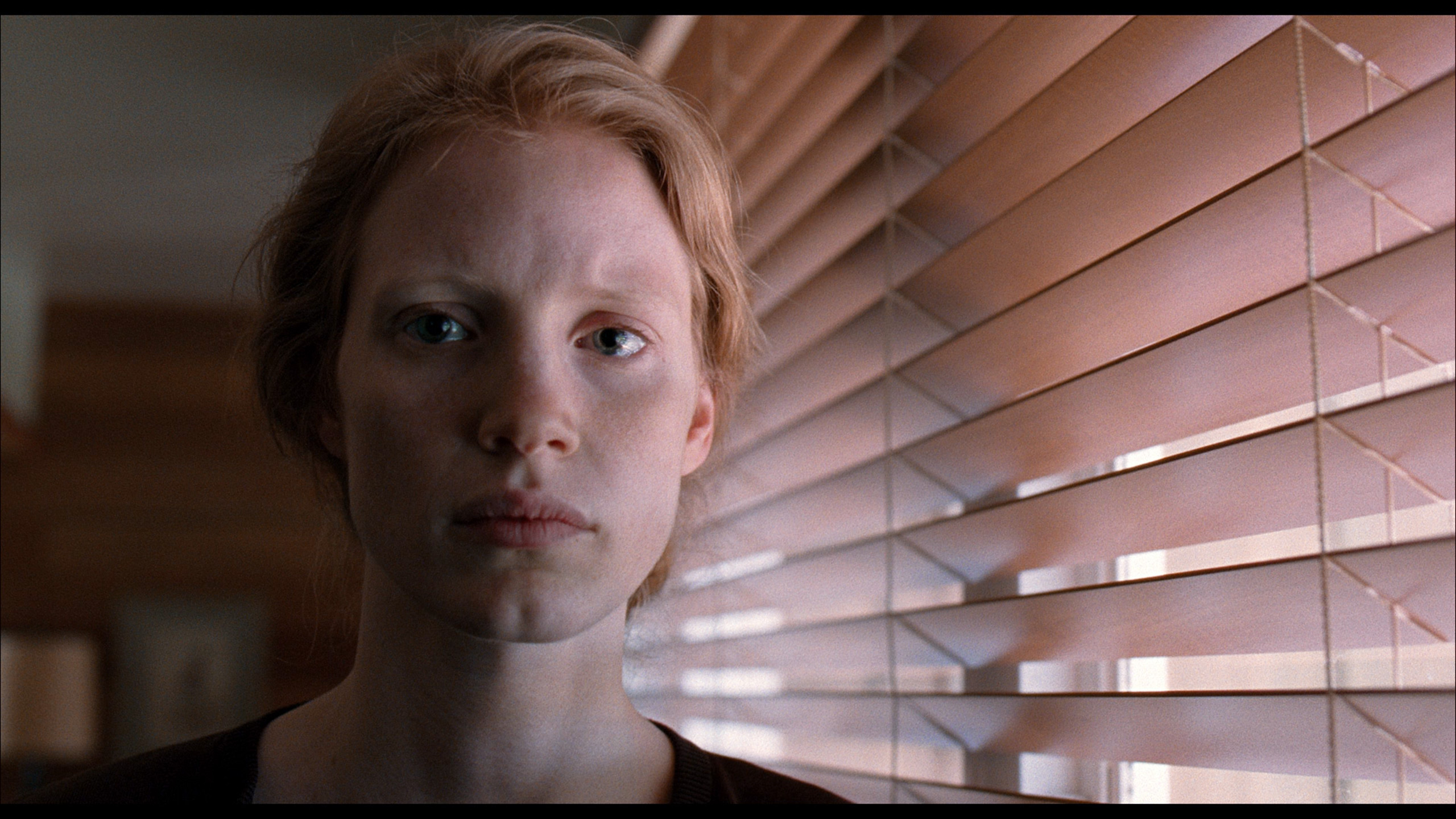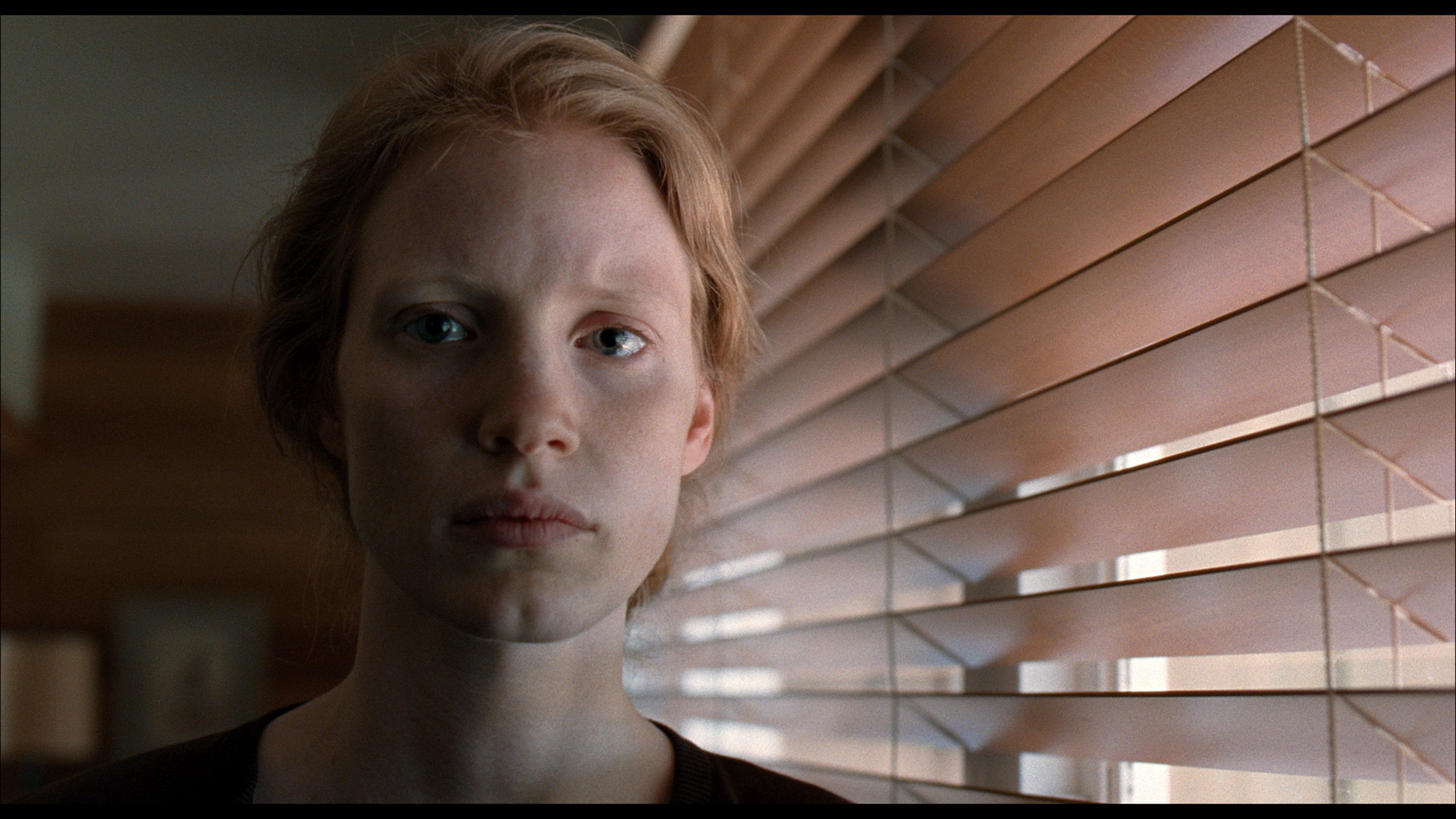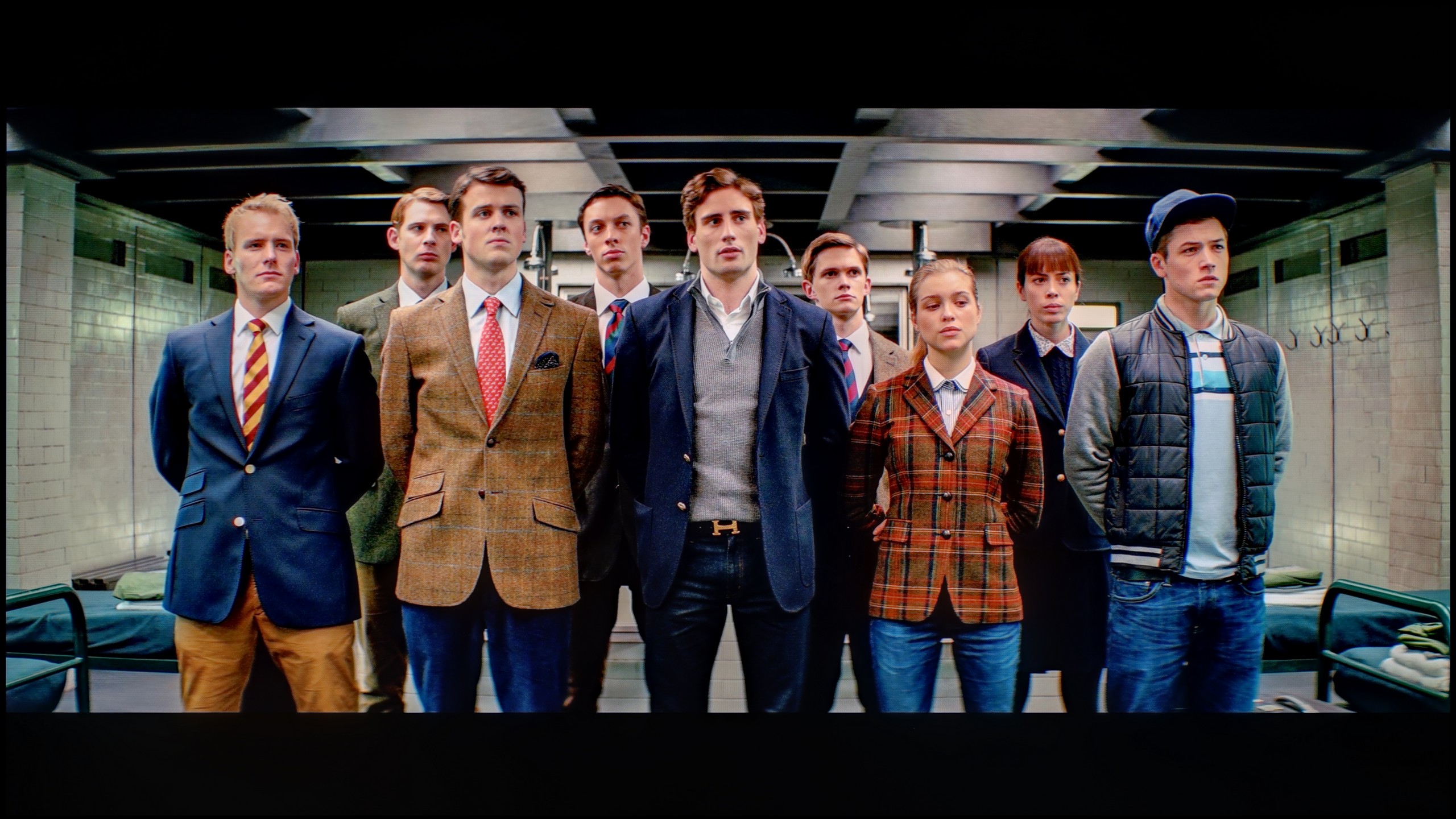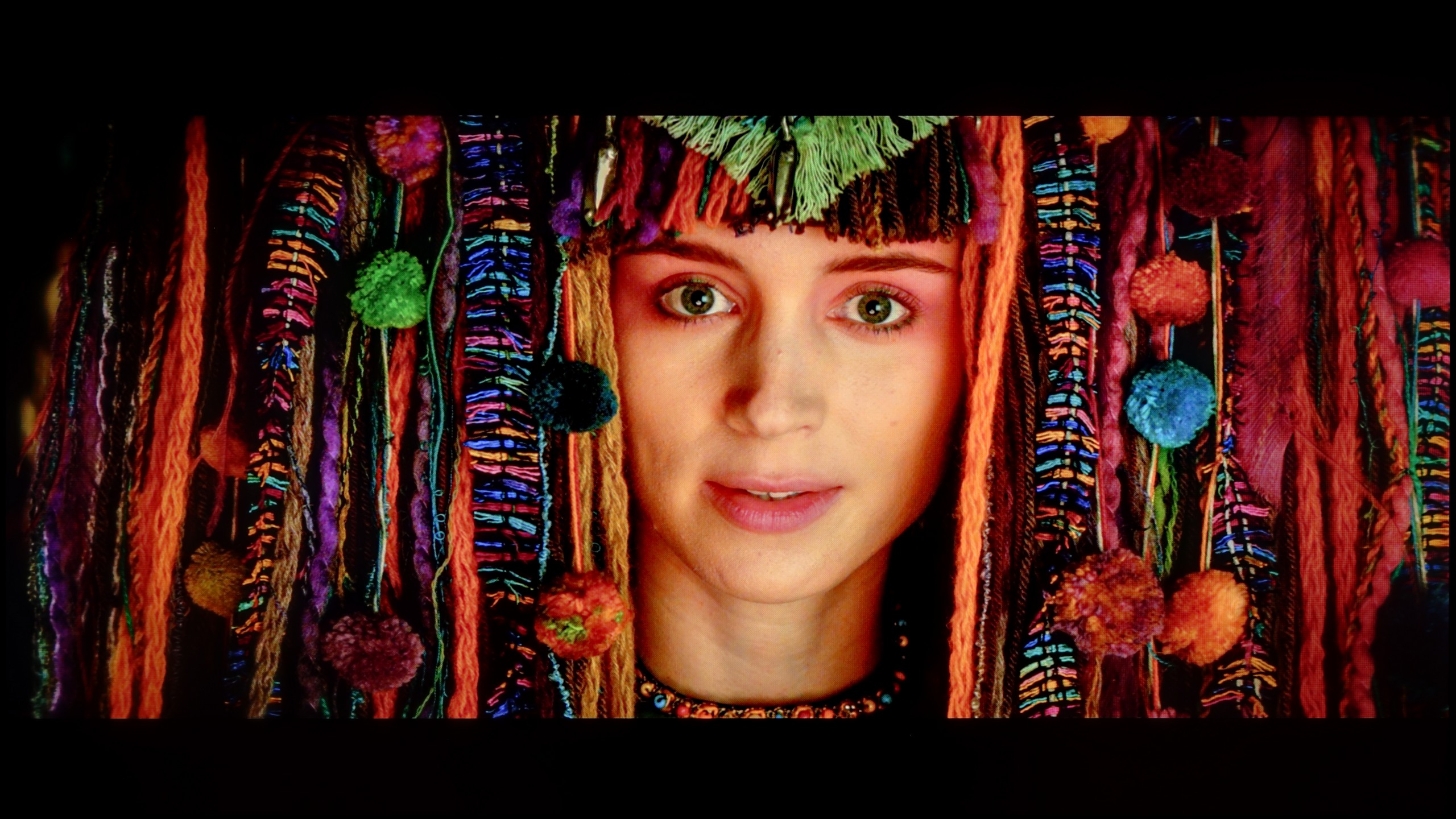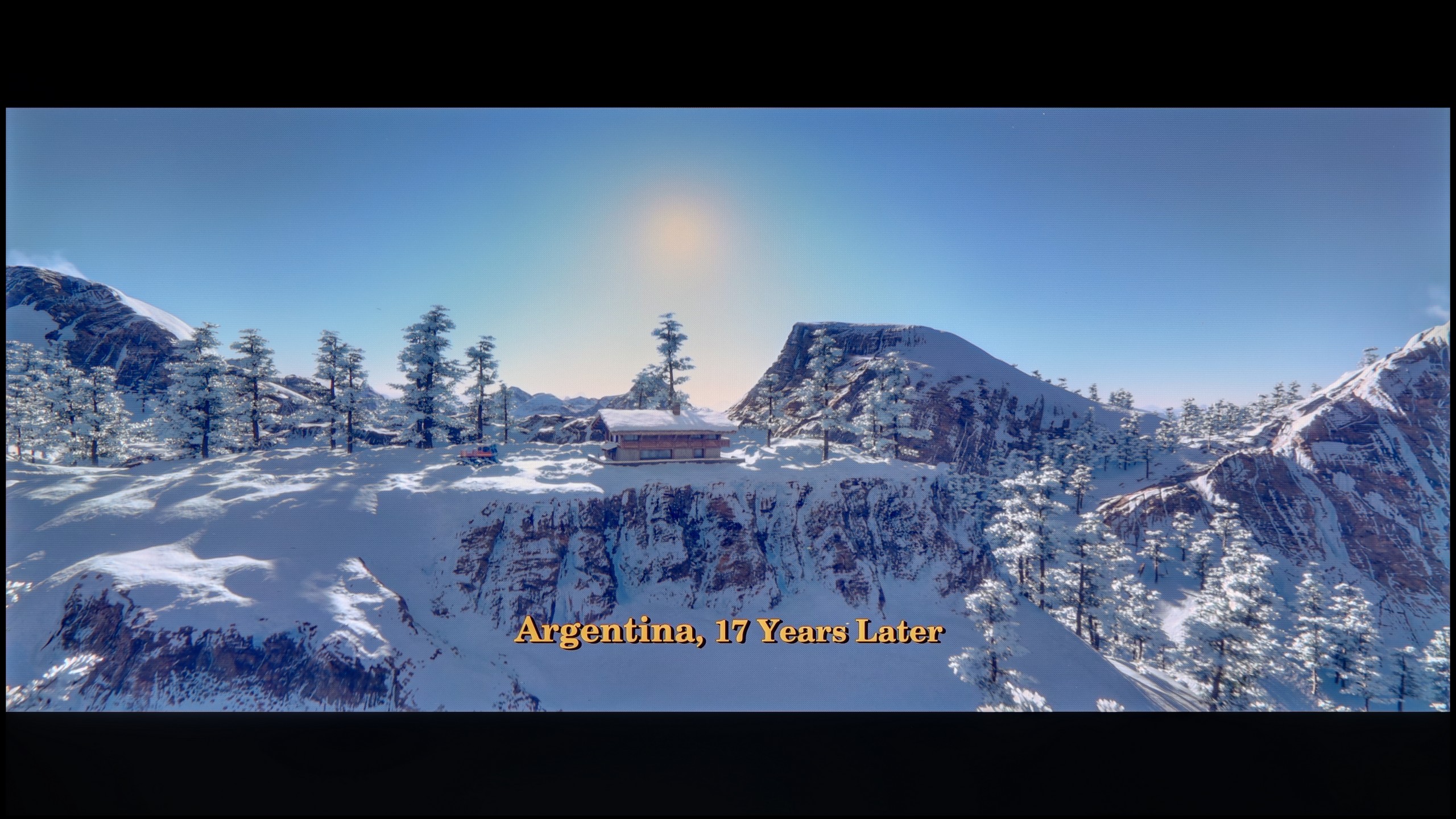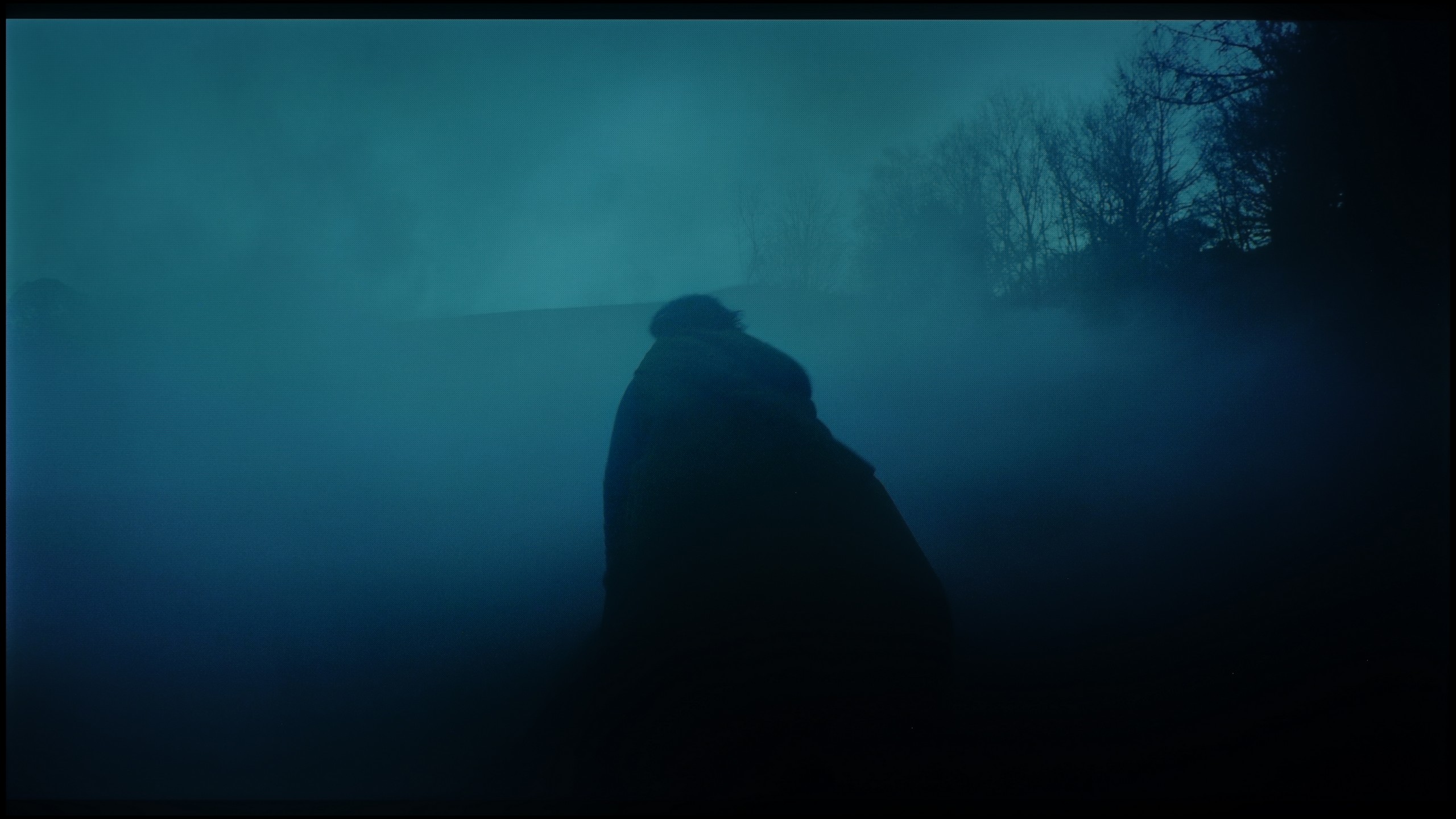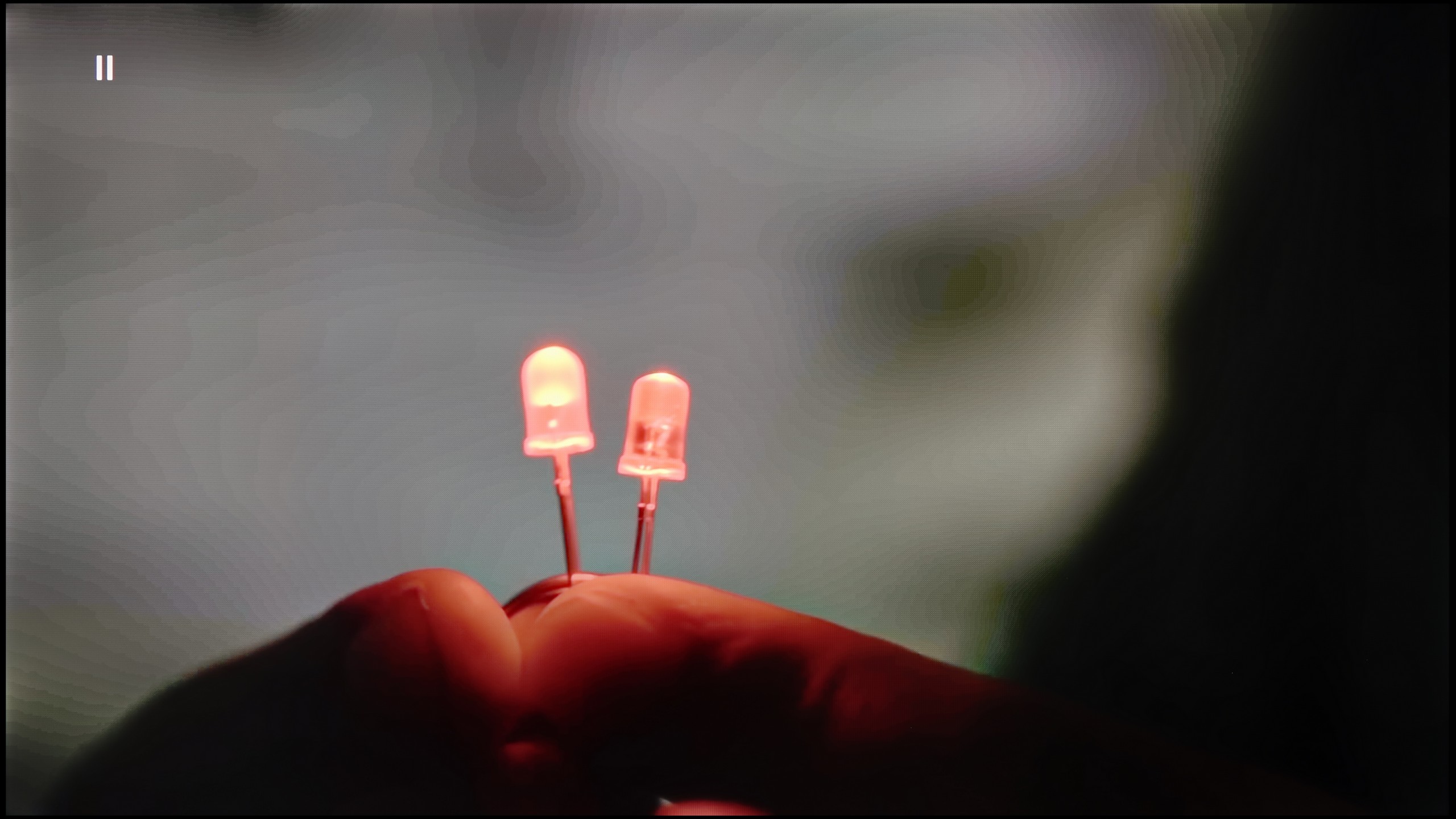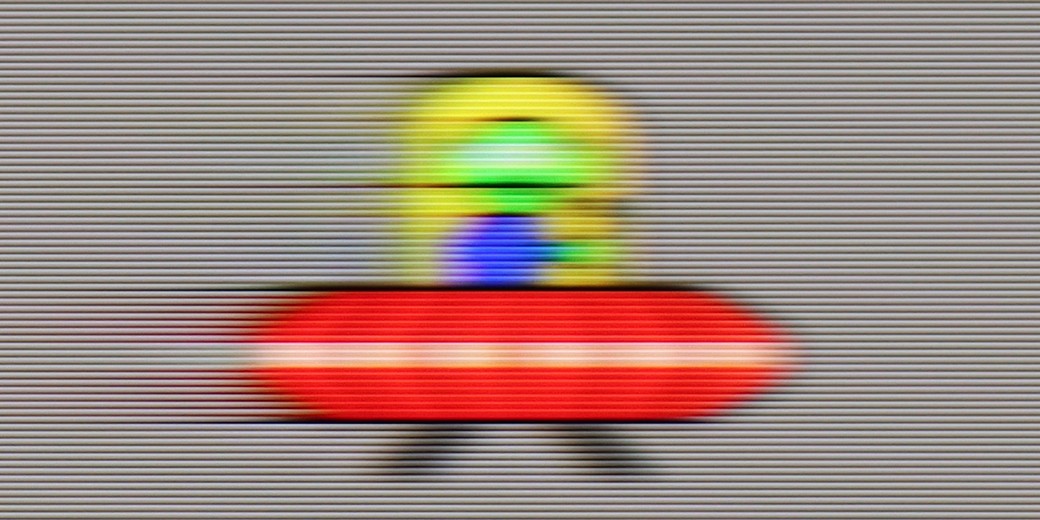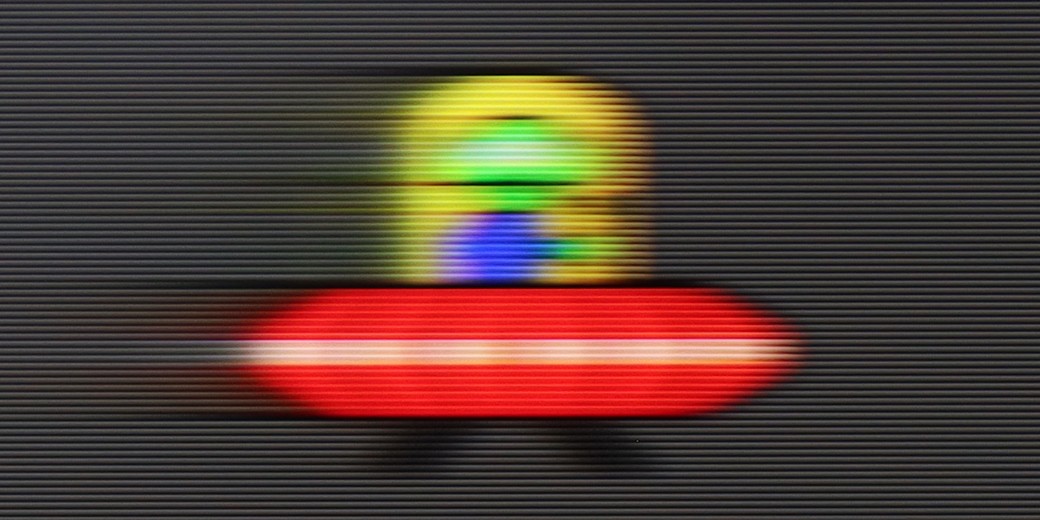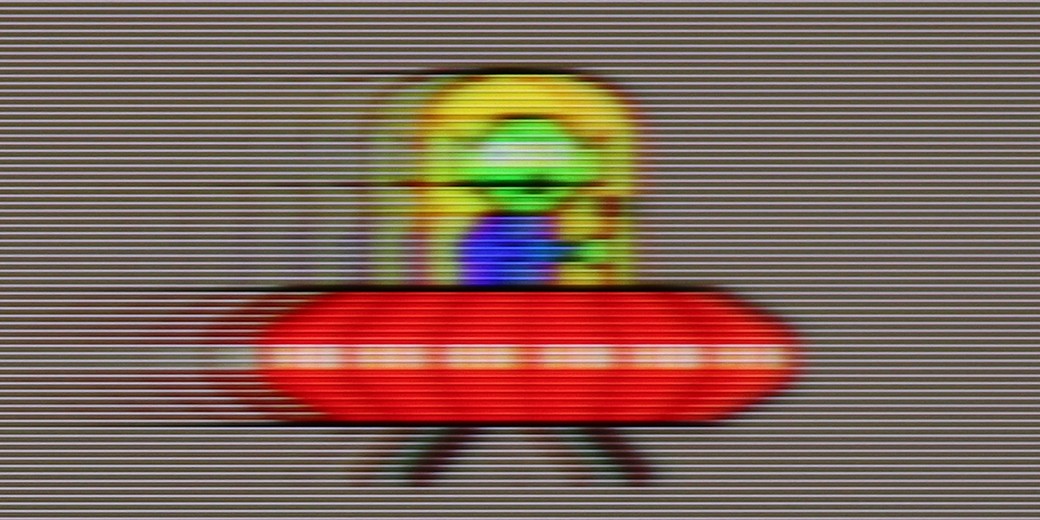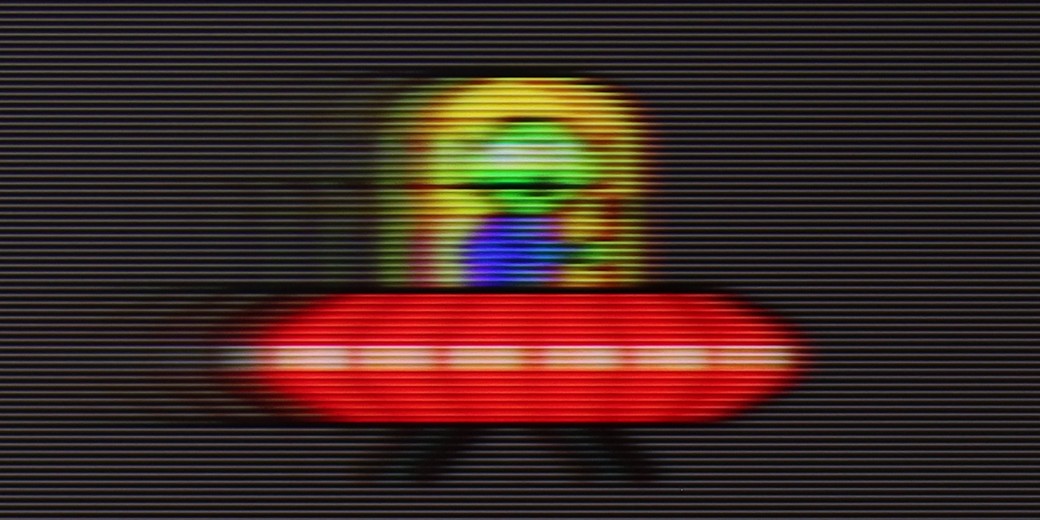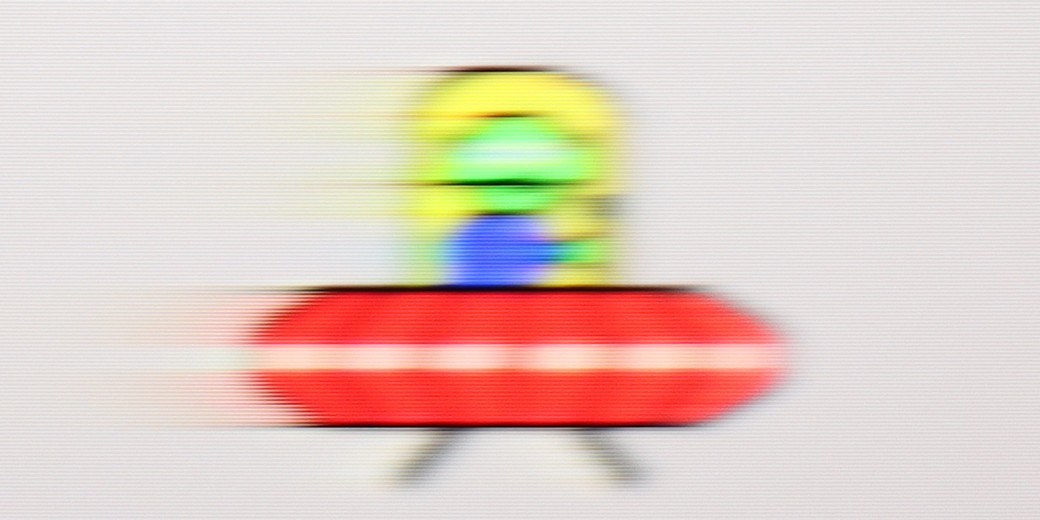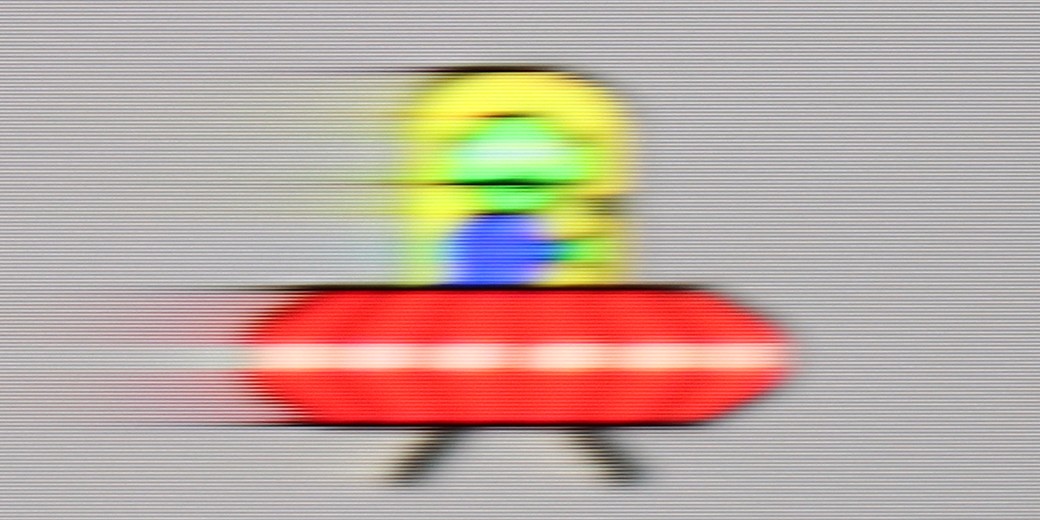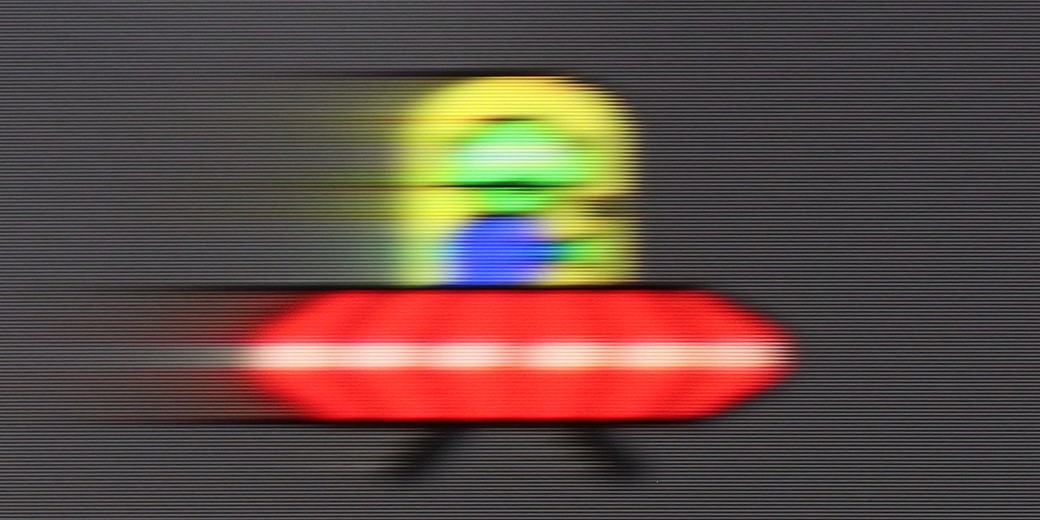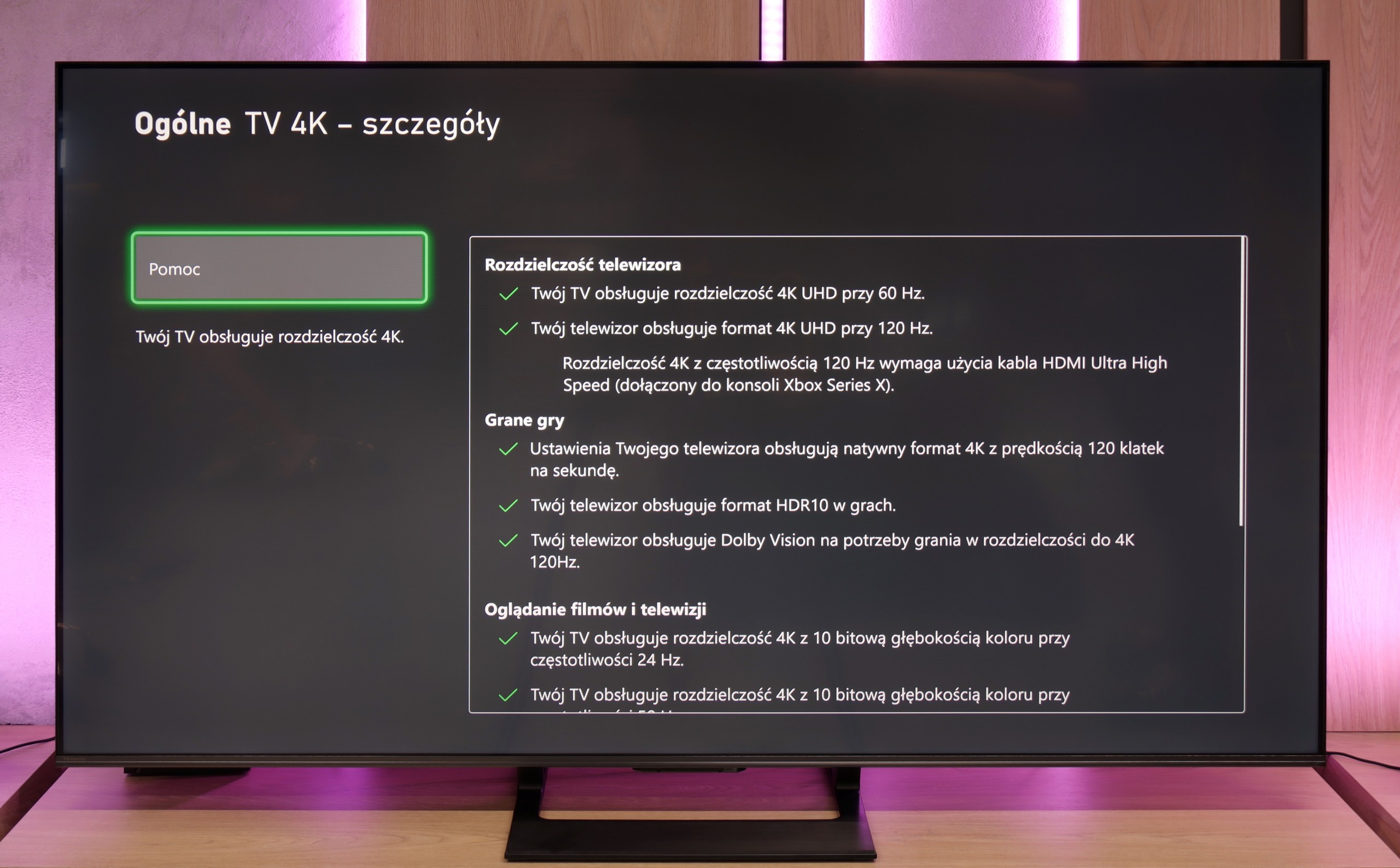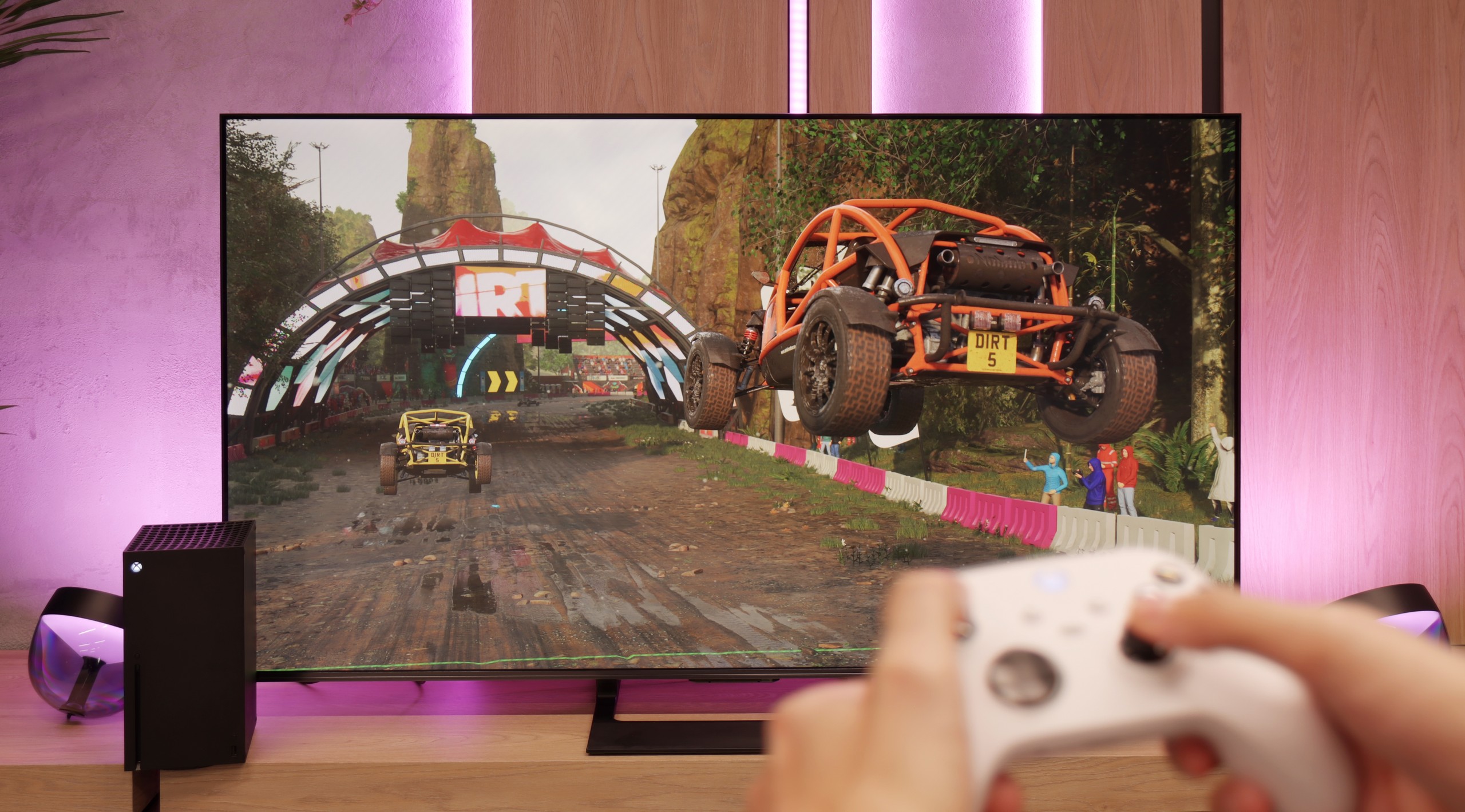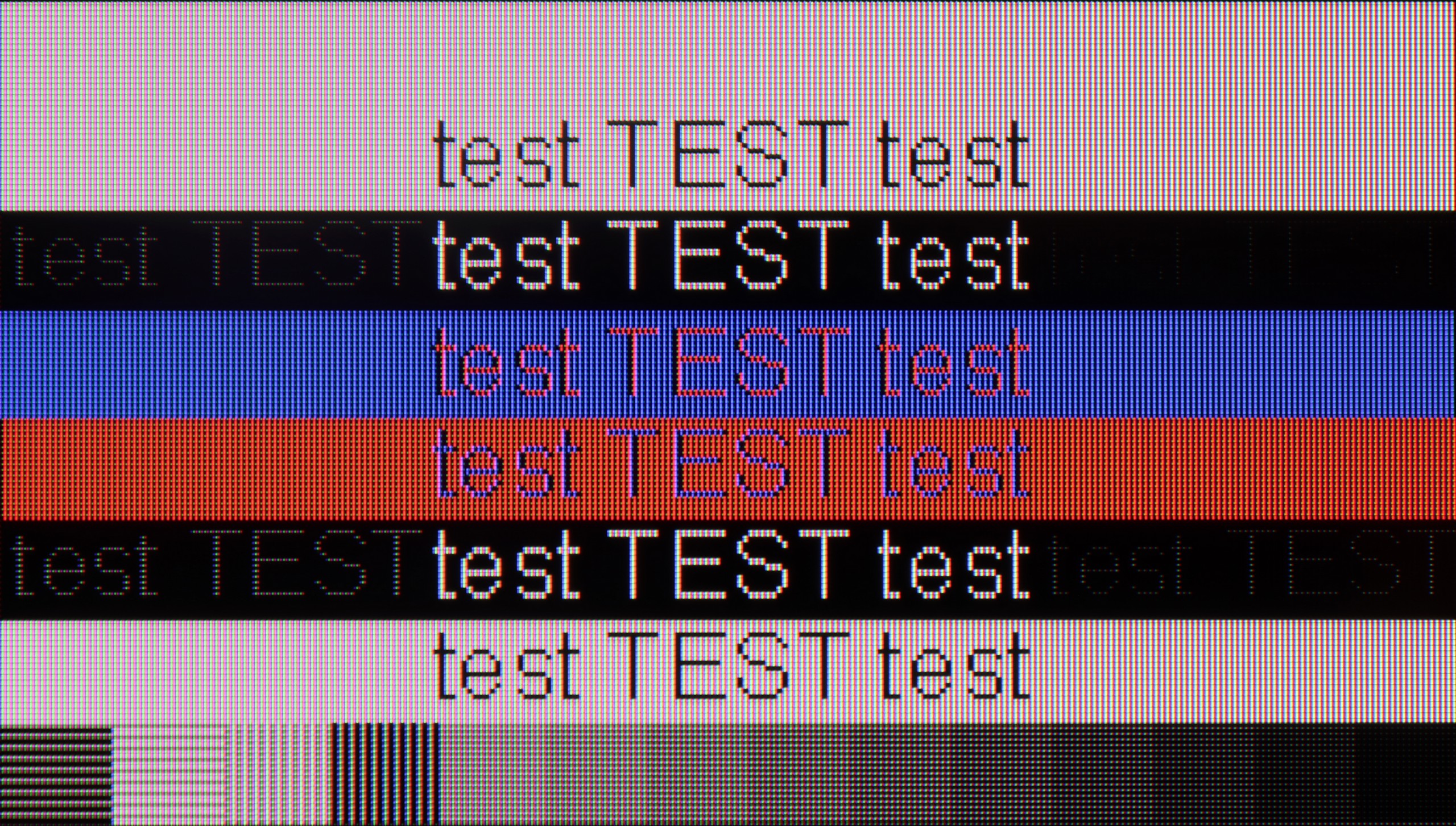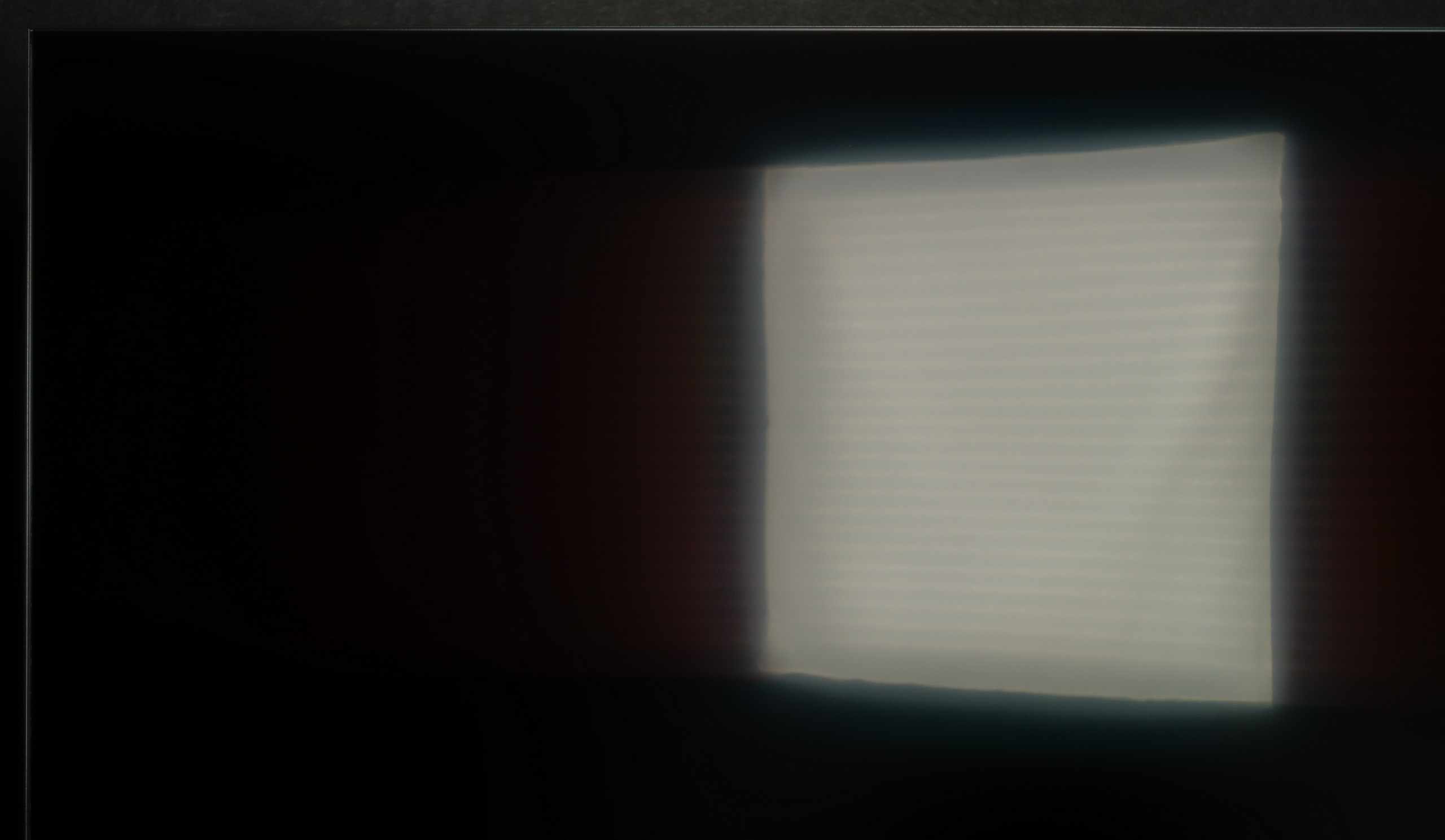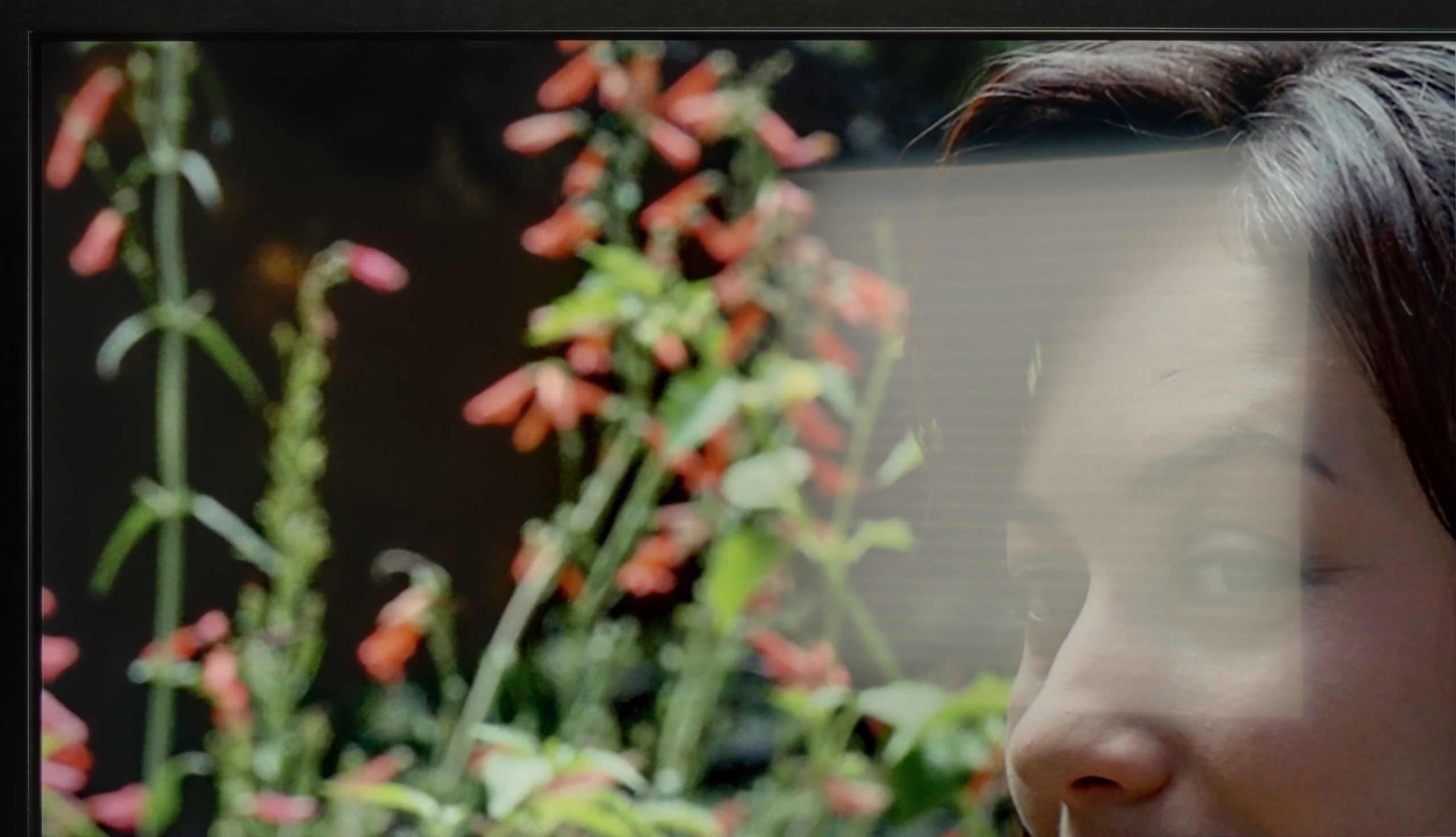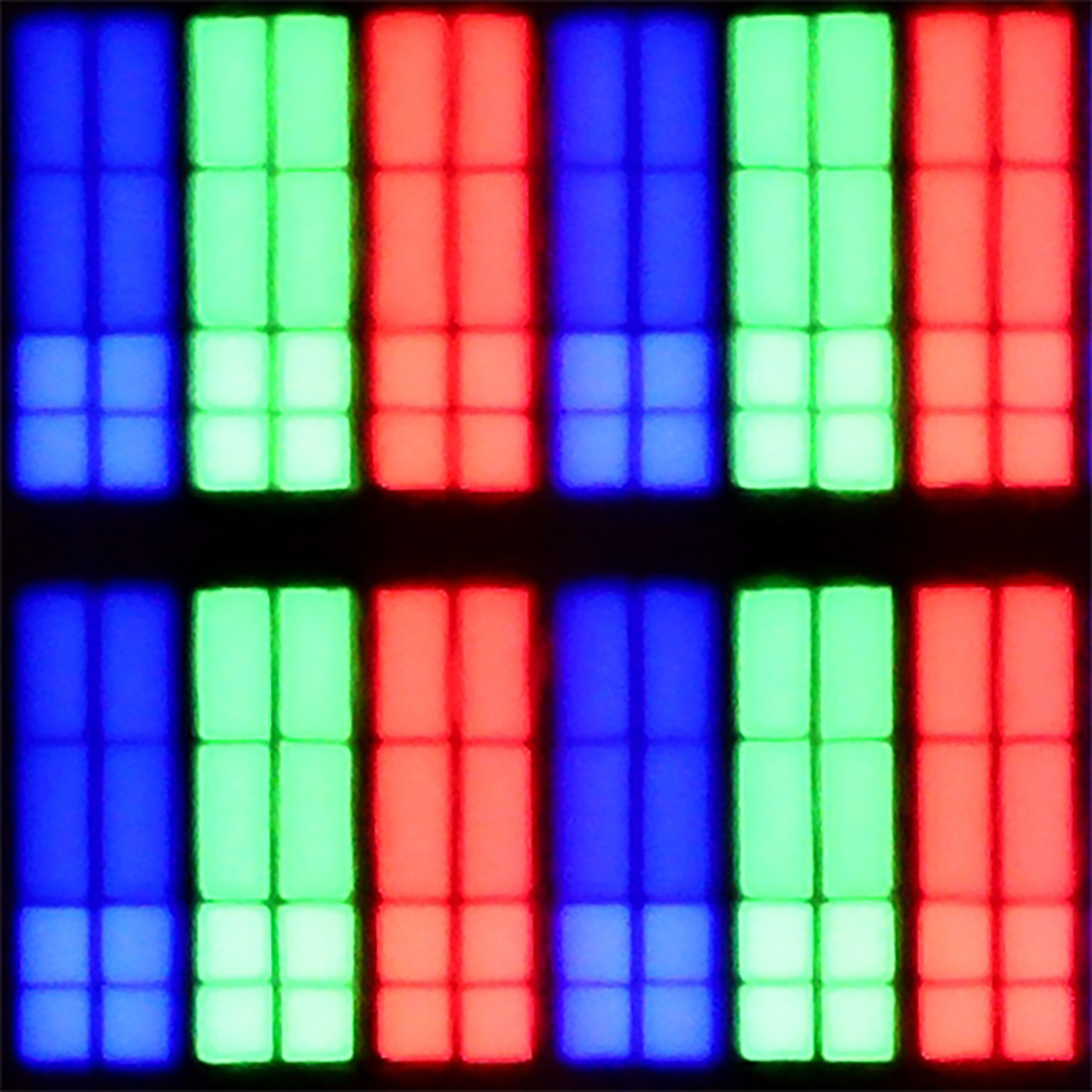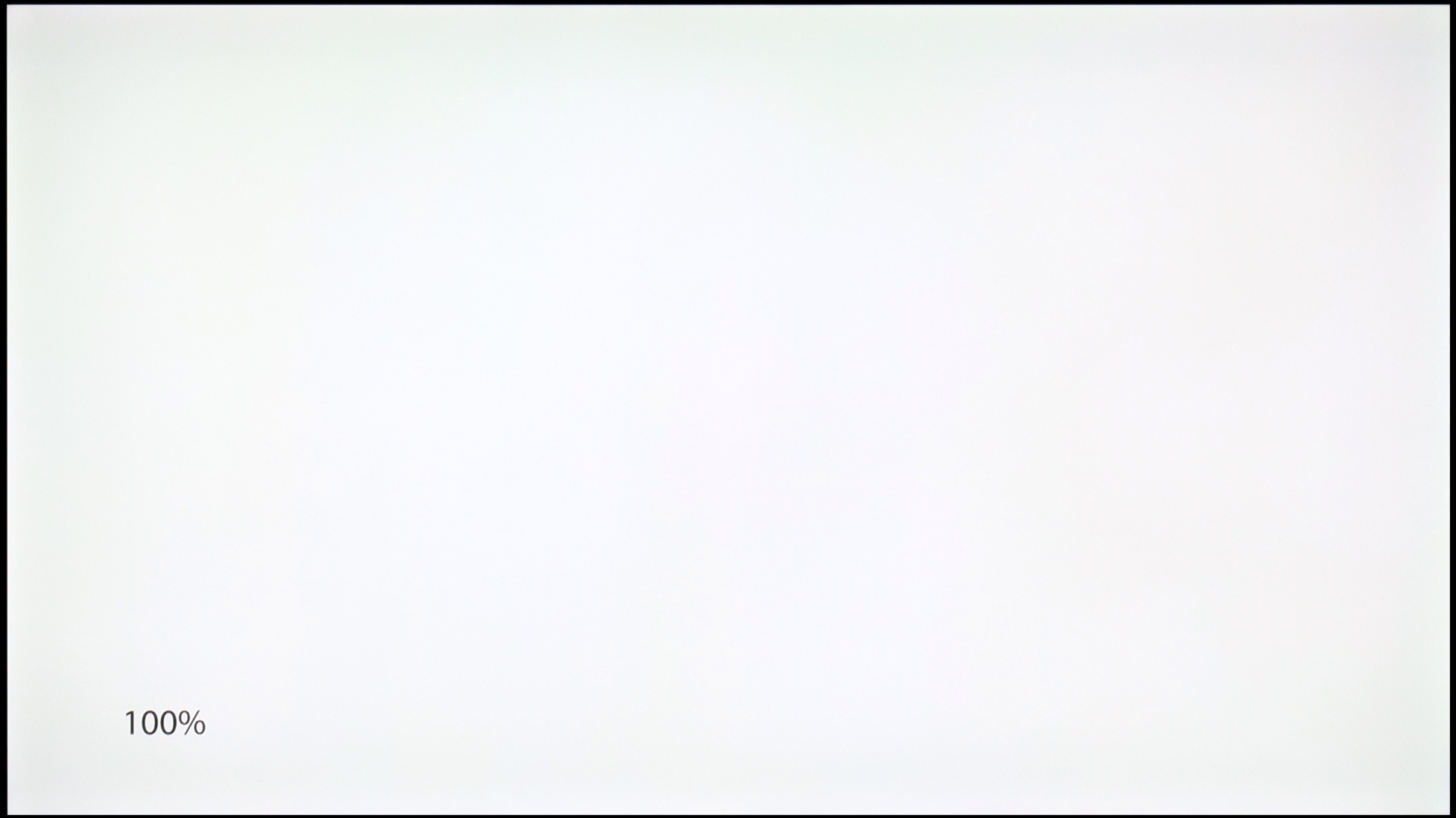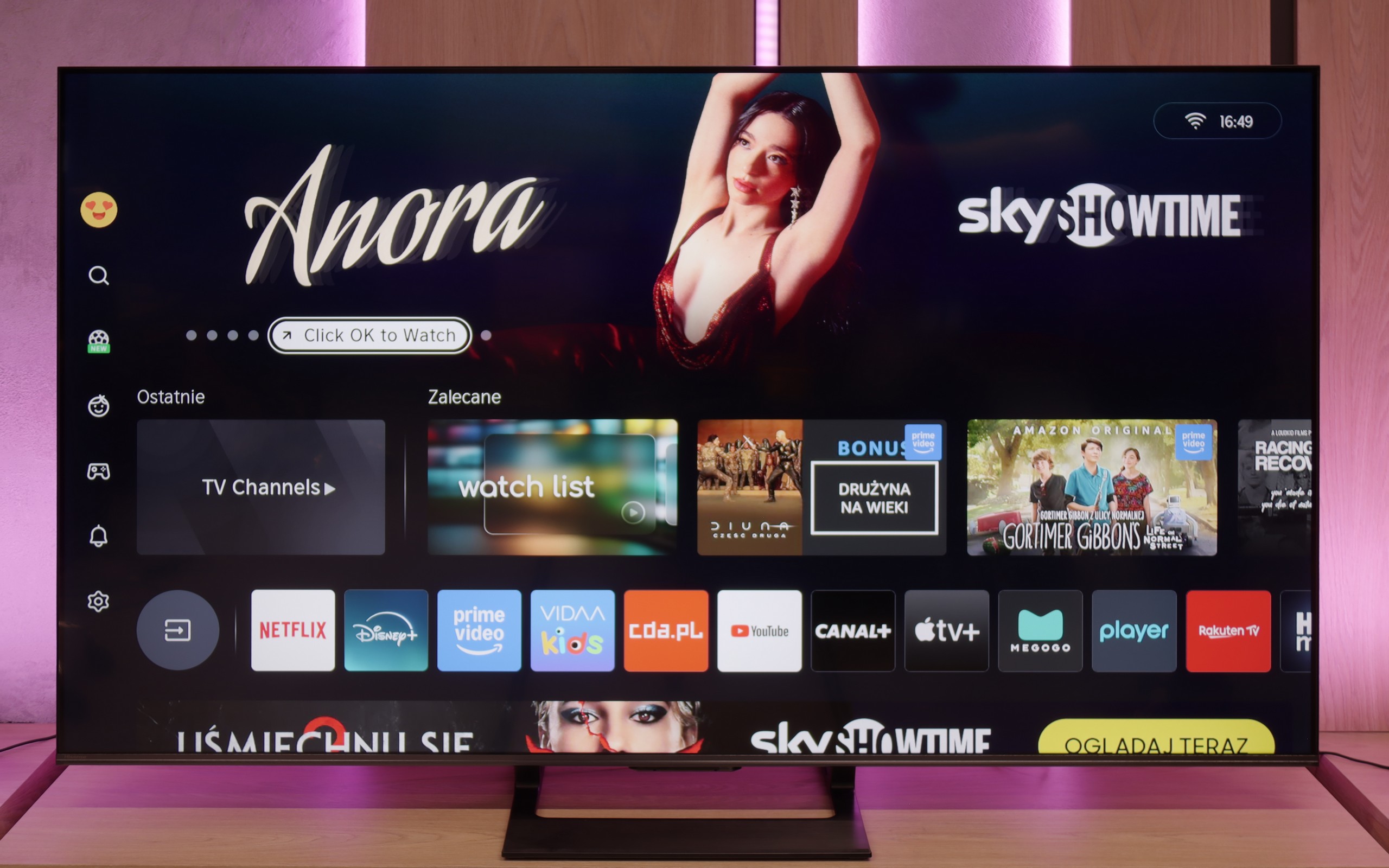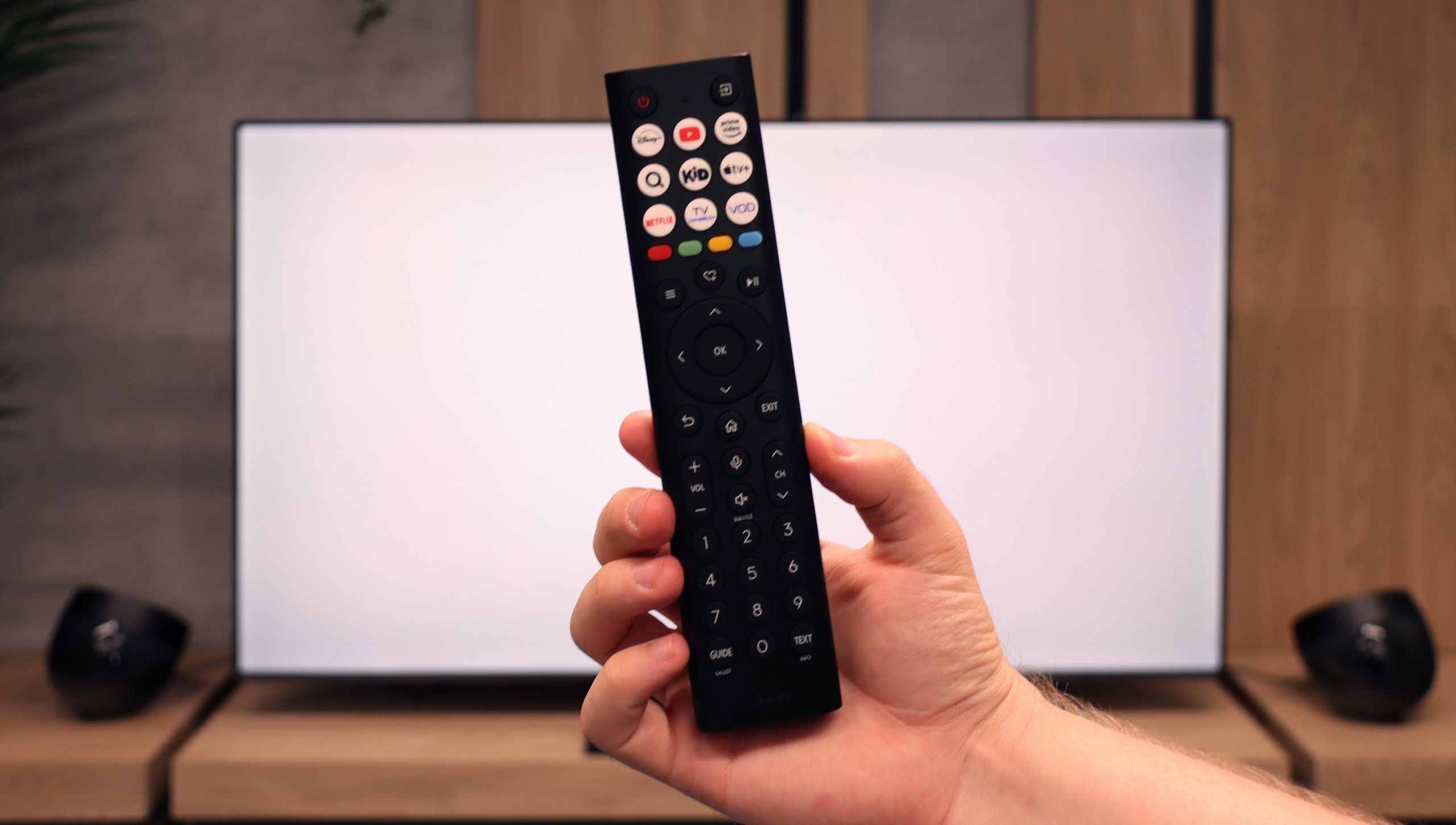The Samsung Q80D is a versatile television model catering to both gamers and everyday users. With support for HDMI 2.1, a refresh rate of 120Hz, and low input lag, it is an ideal choice for gaming enthusiasts. Features like the Game Bar provide quick access to game settings, enhancing user comfort and allowing for a fully immersive gaming experience.
For everyday use, the Q80D excels as well. Running on the Tizen operating system, it offers a wide array of apps and Smart TV features, including popular streaming services like Netflix, YouTube, and Amazon Prime Video. Its high brightness makes it suitable for bright rooms, effectively minimizing reflections and ensuring a clear picture even in challenging lighting conditions. The solar remote control is a notable advantage, eliminating the need for batteries and enabling control of other devices, such as decoders, thereby increasing user convenience and reducing the clutter of multiple remotes.
While the TV lacks recording functionality, it compensates with excellent picture quality. Although it does not support Dolby Vision, it delivers exceptional visual experiences after collaboration. The contrast, black levels, and vivid colours position it among the best televisions in its class. The incorporation of quantum dot technology (QLED) provides a wide colour gamut, and the local dimming feature enhances picture quality in dark scenes, which is especially important for watching movies and series.
The Samsung Q80D is an excellent choice for gamers and everyday users. It offers high-quality picture and sound, with a comprehensive range of Smart TV features. Despite a few minor drawbacks, it is a television that will undoubtedly meet the expectations of even the most demanding users.

